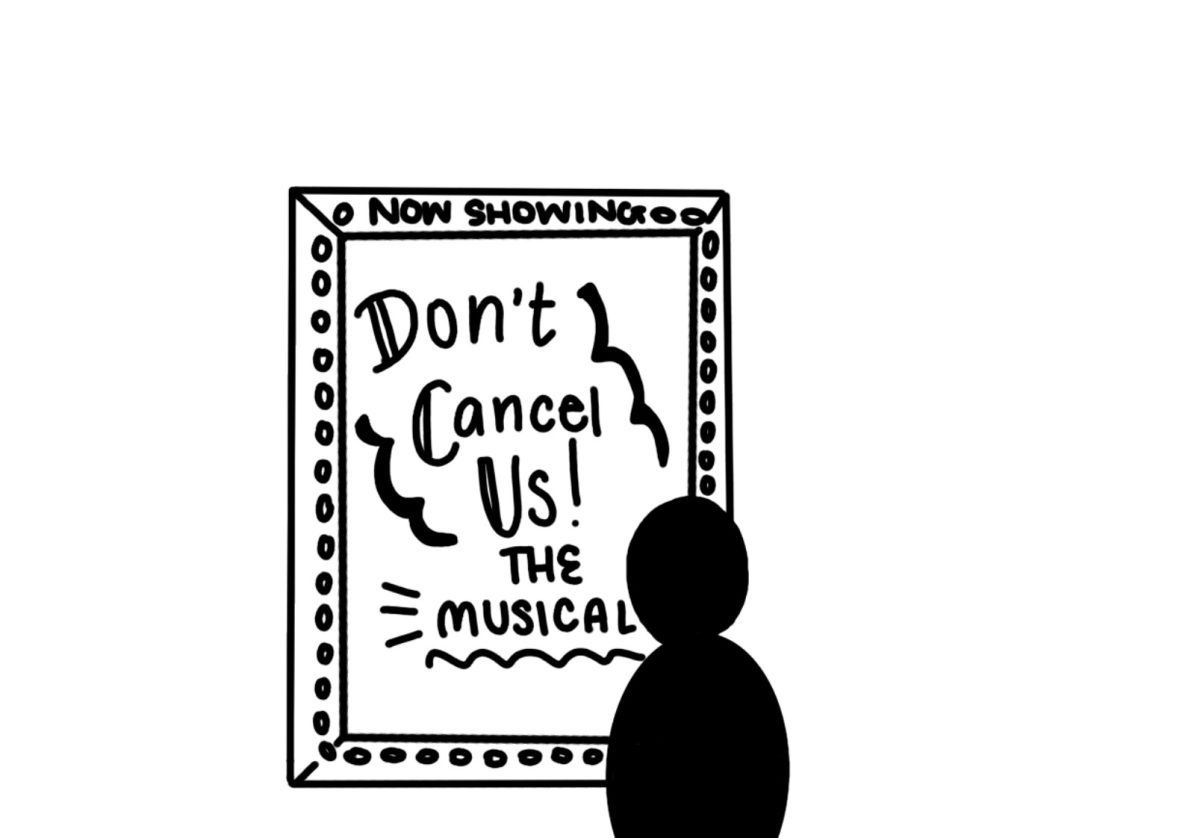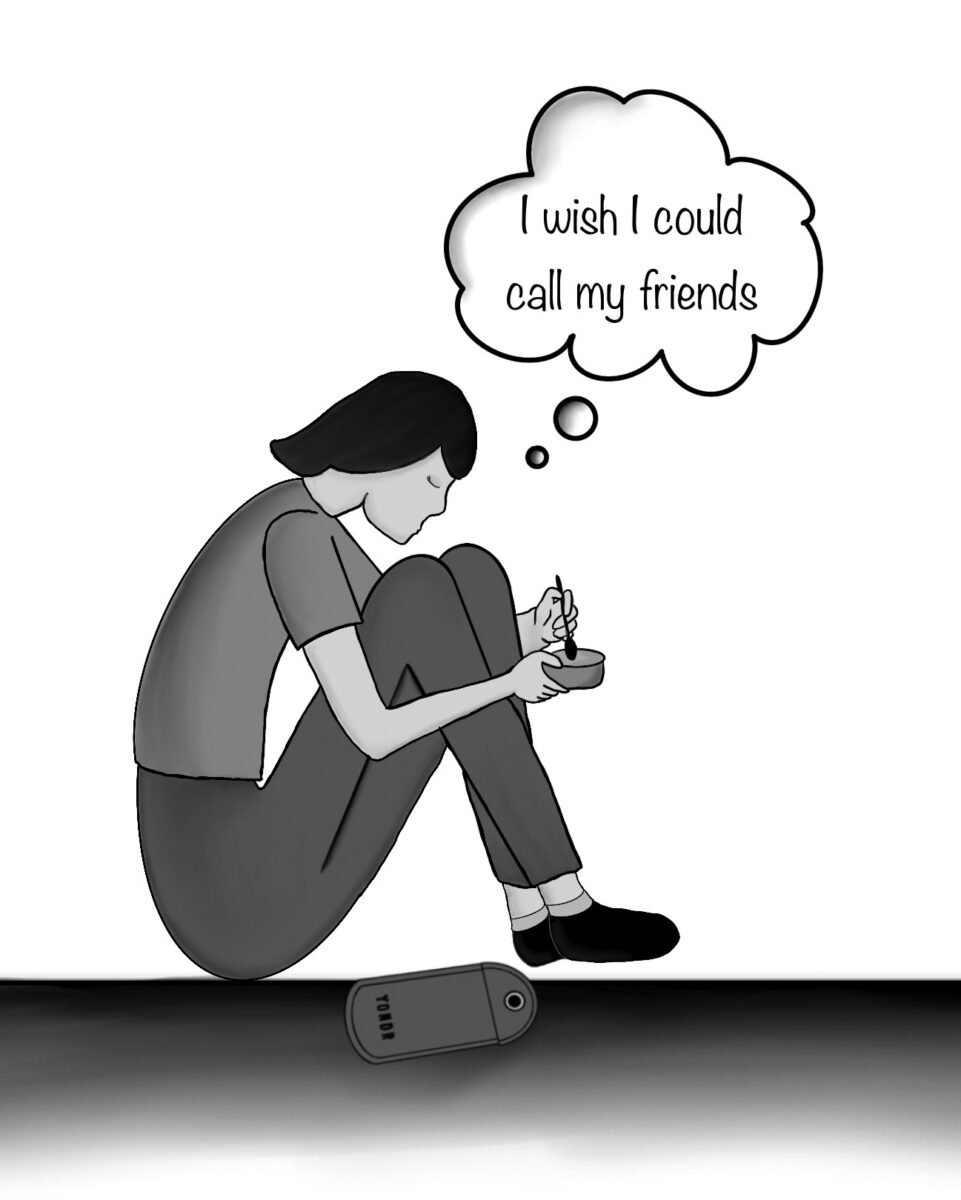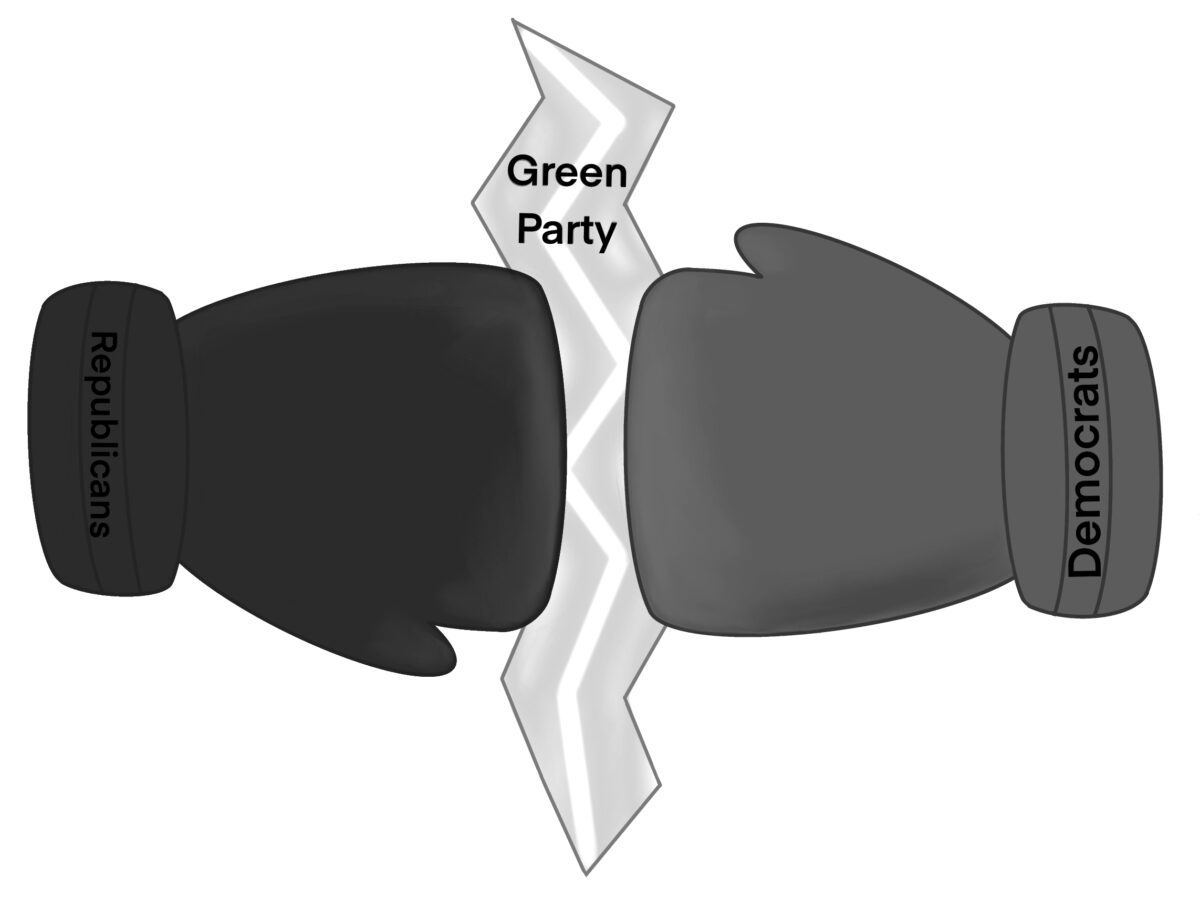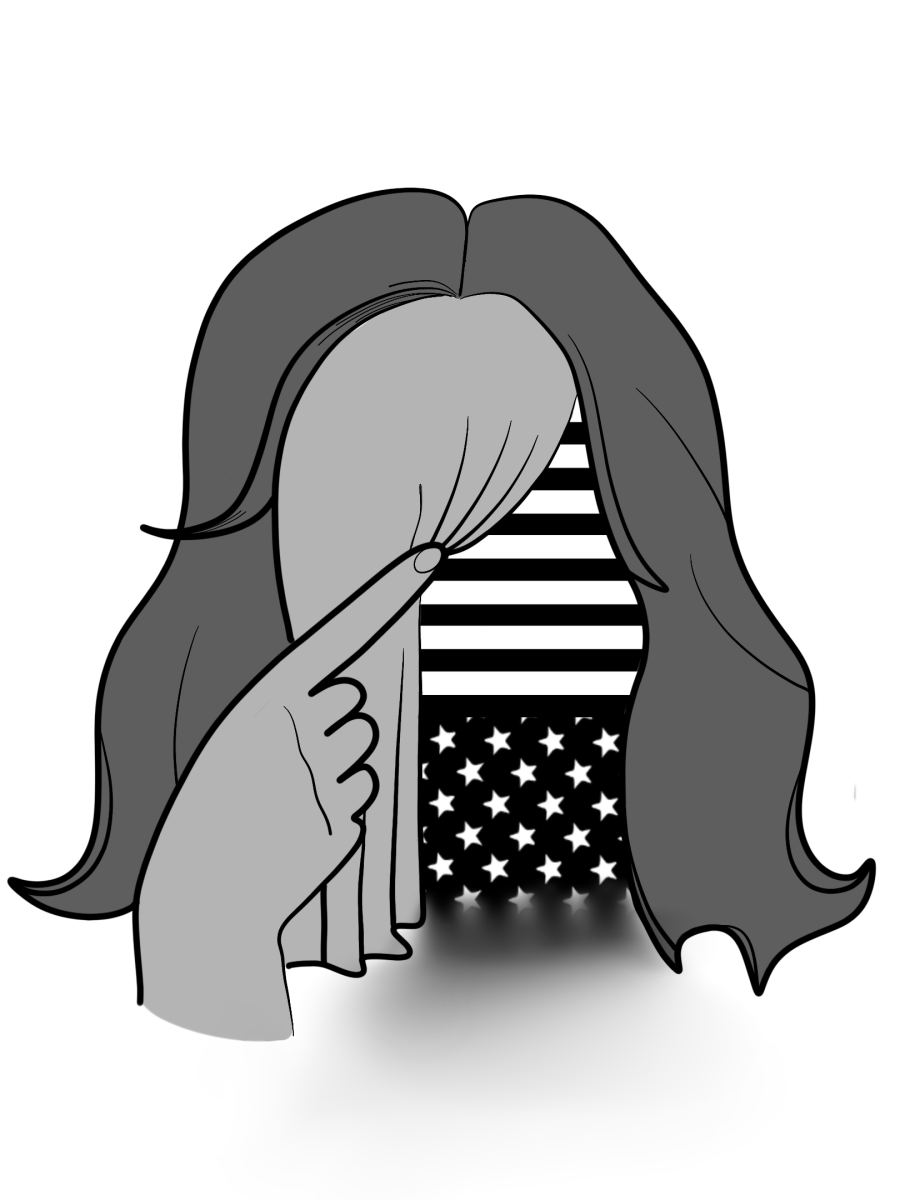It’s been a tough year as a Redwood student. Our community has been deeply affected by multiple hate speech incidents this year, exposing problems that many of us may not have even been aware existed and highlighting the administration’s and student body’s inability to fully deal with these issues.
First, a racial slur directed at an administrator was painted on the spirit ball in September. Then there were the Valentine’s Day hearts, which ended with some students writing hateful language towards each other, though it was less publicized. But it hasn’t just been those two incidents. We’ve all heard hate speech language in the halls that goes unreported.
After the spirit ball incident, we had a few discussions in an attempt to openly share our feelings about stereotypes and race at Redwood. Talks were led by student and staff members, with attending students in a circle around the whole small gym. I went to the first seminar, and I think it was a an effective start to begin dissecting this problem that is prevalent here, but it wasn’t enough. The dialogue needs to continue.
These seminars only took place in the span of about a week, and attendance was optional, so many students weren’t involved in discussion. In order to continue these efforts, there should be more ongoing education about these issues.
I’m not trying to say that we’ve been completely ineffective in solving or addressing this problem of hate speech and language use. The issues that have been brought to light by the incidents this year are very complicated, and would be impossible to solve in one year, much less a week.
Not assigning blame is also a large part of this solving this issue. Students will act and think the way they do; the spirit ball and
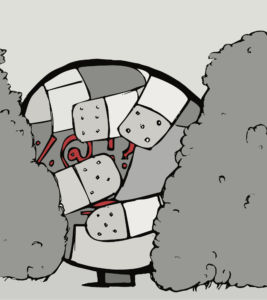
the Valentine’s Day hearts only provided the means to expose a problem. In other words, the fact that some students have biased or hateful thoughts is a problem in itself, not that they put these thoughts into the public.
Because of this, to combat a rise in hate speech, the Redwood community should focus on solutions to stop hateful mindsets, not eliminating public forums that allow students to express themselves (i.e. the Valentine’s Day hearts). We should be providing opportunities for students to learn about biases and how to have effective discussions.
With this, it is important that we don’t start off with a clean slate in the fall. If we forget that these incidents happened, it will mean we haven’t learned anything this year, and that these incidents will be more likely to repeat themselves.
Redwood is also not alone in these experiences. Novato High School, Hall Middle School, Mill Valley Middle School, San Rafael High School and many other schools in Marin as well as the Bay Area have seen a rise in racist and anti-semitic incidents this year, especially since the election.
California had the most recorded hate speech incidents following the election, according to the Student Press Law Center (SPLC), more than 20 percent of which happened in K-12 schools.
Additionally, a survey given to 10,000 educators as part of the SPLC initiative Teaching Tolerance reported that 90 percent saw a negative change in students’ behavior following the election, and 40 percent felt their schools didn’t have an action plan to combat issues of hate or bias.
These statistics show national issues like the election may have taken a toll at Redwood, because recent hate speech events have exposed behavioral problems in the student body (as we can see from the spirit ball) and been succeeded by an incomplete follow-through or action plan. The divisive political climate that America has experienced recently has transcended to school campuses across America.
Many argue that Trump’s presidency has led to the rise in hate speech incidents in the U.S. since the election. But instead of focusing on blame, we should focus on solutions, such as a strong plan of action that many schools are lacking. If we blame more than we problem-solve, we rapidly lose the momentum of progress and healing.
The incidents at Redwood this year aren’t just examples of hate speech, but also of the misuse of public forums. Even anonymously, Redwood students need to internalize that their speech has consequences, even if the messages written on a heart on Valentine’s Day were possibly just supposed to be a joke among friends.
Additionally, instead of hiding these issues or pretending they didn’t happen, the Redwood community should focus on addressing the core issues and educating students.
Education about the power of speech and the use of public forums should be more accessible to students. In order to teach kids about productive way to discuss their ideas, there should be more discussion-based classes, as well as education about biases and the way they affect us.
According to an article in the Marin IJ, Mill Valley Middle School teachers, after discovering a rise in anti-semitic actions and language, have begun to teach about bias through literature, and the school has been holding regular assemblies to promote inclusion and explain their policies toward bias and hate.
While this exact same strategy may not work for Redwood, implementing education about biases in the classroom is definitely a feasible goal for the next few years, as well as making Redwood’s policies on inclusion and hate speech more transparent for incoming students.
The hate speech this year has made the existence of several issues in the Redwood community clear. Words aren’t just something to throw around, and students should be educated on the impacts they can have. While we haven’t made significant strides finding solutions for hate speech and bias, I’m confident that we can work toward fixing these problems in the coming years, making Redwood a much more welcoming, safe environment.


